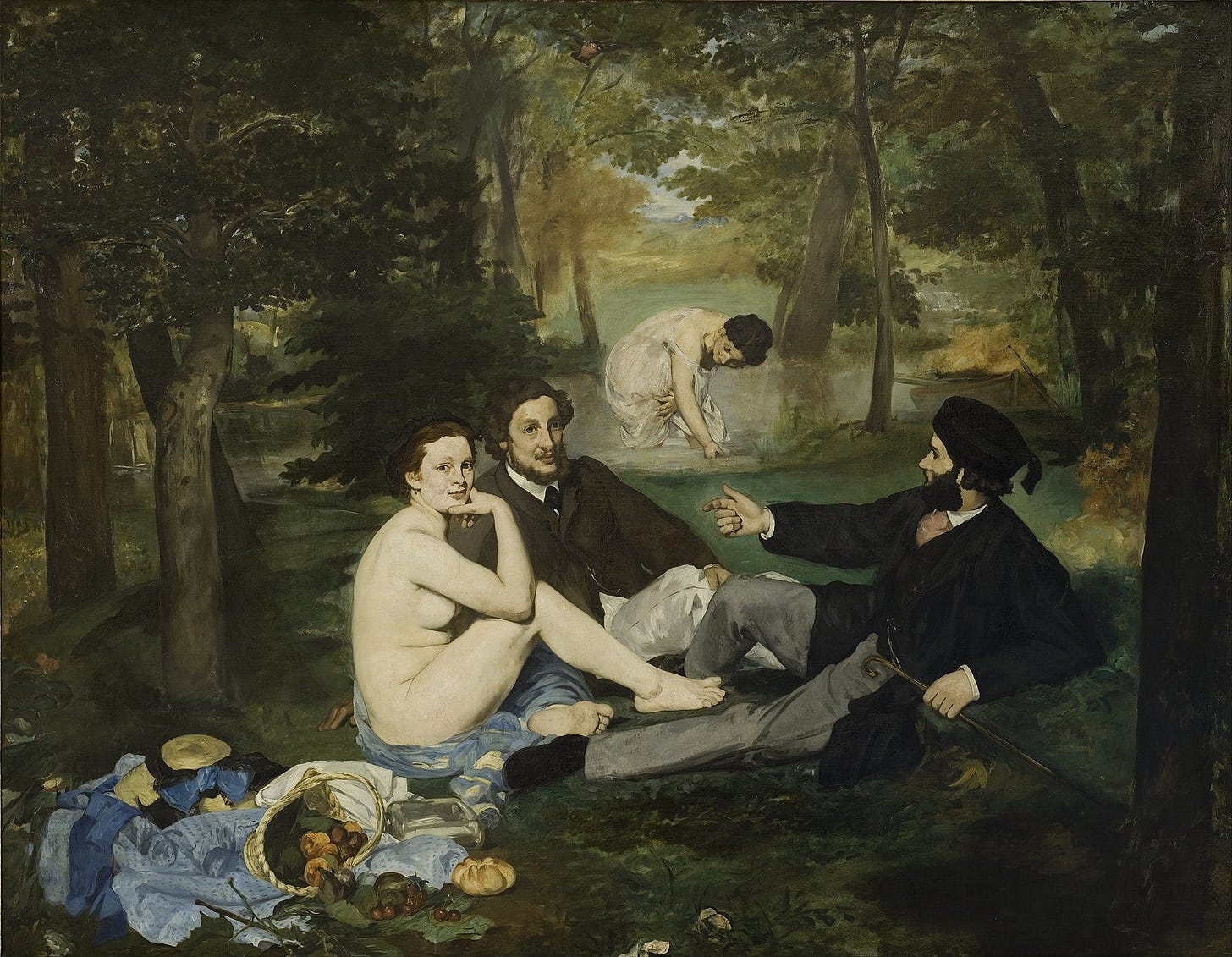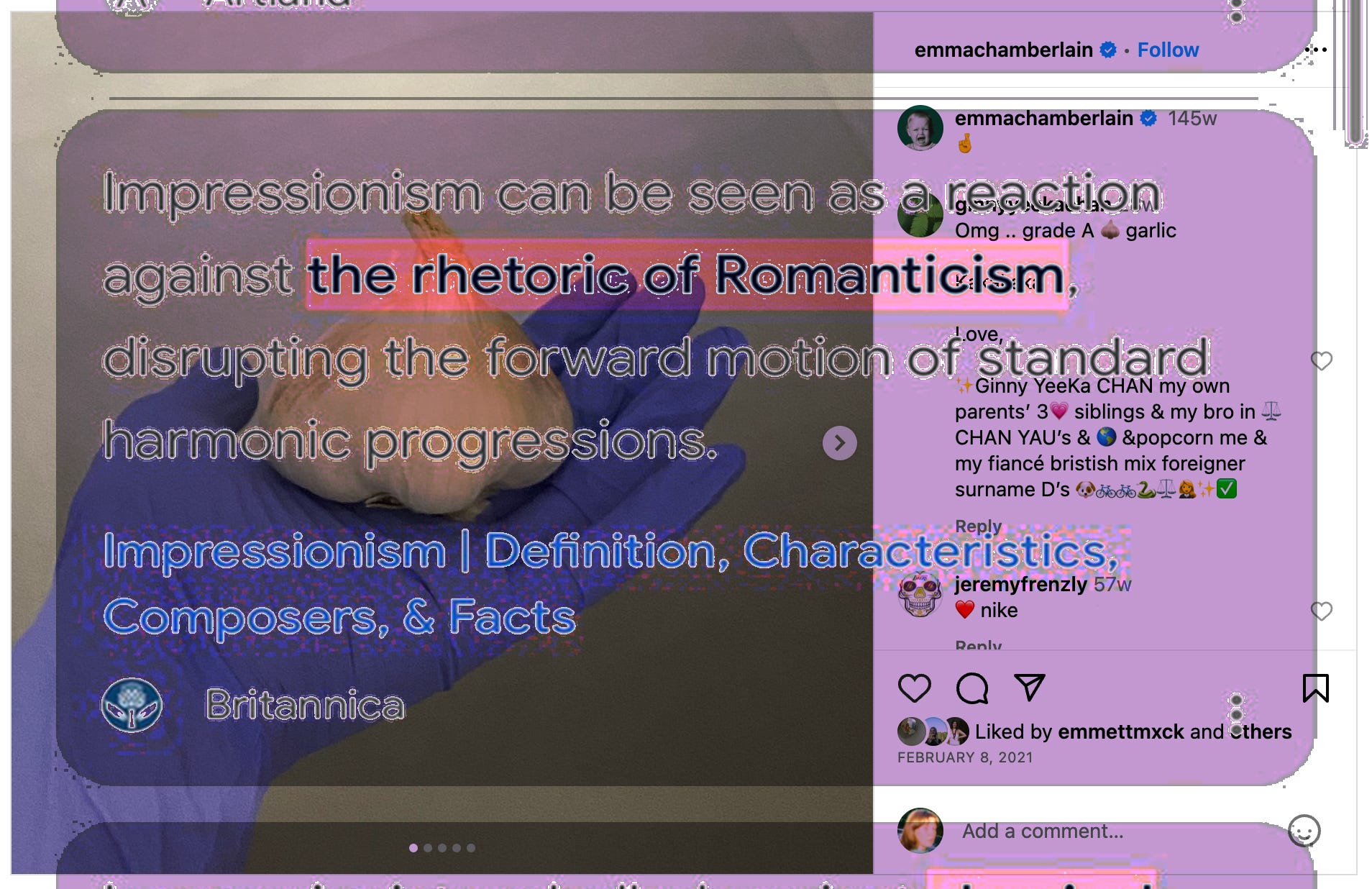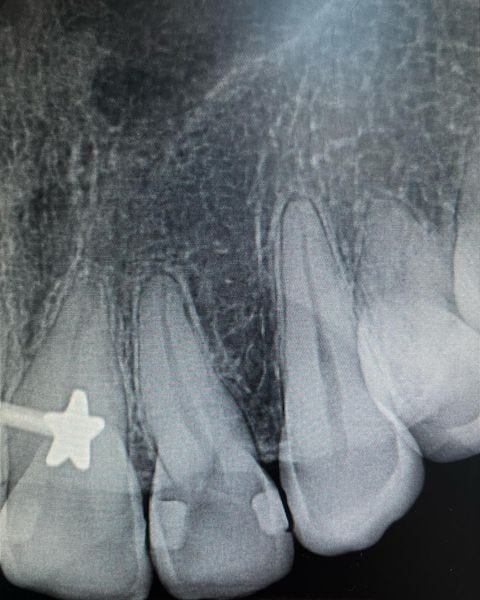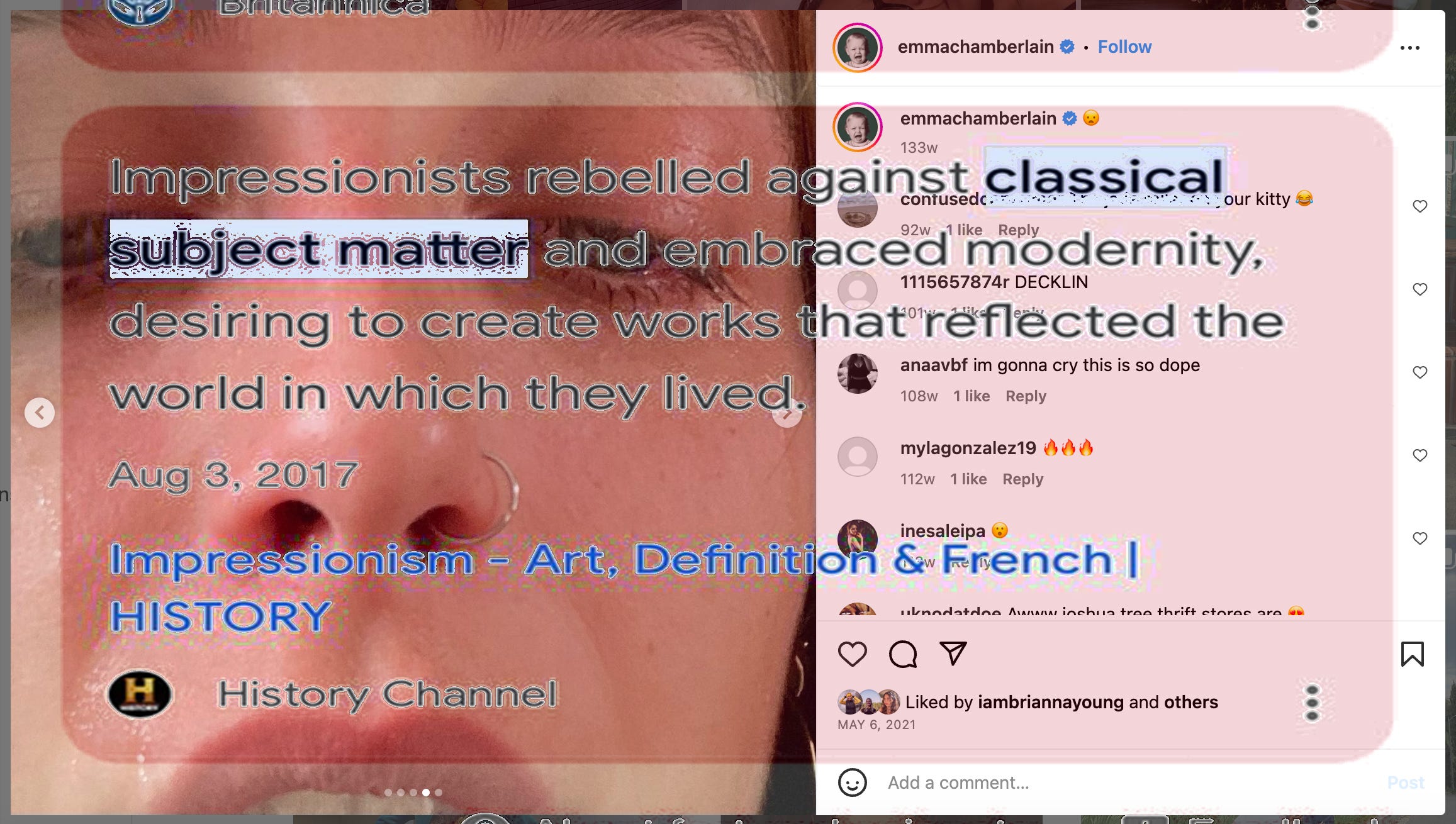In 2010, Instagram began as an app specifically designed to emulate lo-fi photography aesthetics. By 2016, the platform had created an aesthetic of its own, with users either aspiring to be Insta baddies or travel bloggers. Our feeds were flooded with posed images of hot people in front of beautiful backgrounds.
Over the last decade, Instagram has morphed into an app that not only frustrates photographers, but overwhelms everyone else as well. Their blatant hijacking of every other app’s best features, while successful, has created a capitalist beast that no longer promotes creativity and sharing, as it undeniably did at its genesis. Brittany Broski summarized the feeling eloquently in her recent podcast when she said,
“We no longer are posting to share memories. We're posting to prove who we are. We're posting to prove to each other and to ourselves ‘This is the type of person that I think I am. This is the type of person that I see myself being in my ideal form.’”
For awhile in the 2010s, this pressure made it popular amongst teens to maintain a second account called a “Finsta” (fake-insta), where they’d post “bad” day-to-day photos with diary-esque captions to the tens of followers they considered close enough to overshare to.
The Covid-era authenticity boom, however, ultimately heralded the mainstream casual-ification of social media – a slew of solutions (including BeReal, and now Lapse) to the Facetuning of the previous half-decade. Instagram’s solution, or rather, our solution for how we participated on Instagram, was The Photo Dump.
Defining The Photo Dump
Aesthetically, it’s easy to trace the origins of The Photo Dump to the Finsta trend that preceded it. Functionally, however, The Photo Dump is more about creating mystery than oversharing.
Through years of passive observation and weeks of intentional research, I’ve arrived at this definition of The Photo Dump as an Instagram posting convention:
The Photo Dump is an
(anti-romanticizing in function)
authentic, casual, collage of three or more unconnected photos
primarily taken on the poster’s phone
serves to tell the story of a moment in time
and ostensibly prioritize things the poster likes or does, rather than the poster themself
Hallmarks of The Photo Dump are
signs (road/street/advertising)
trash and city grime
screenshots or pictures of screens
memes (typical placement at end of dump)
pets
slightly unflattering photos of the poster that suggest a chill, unserious attitude about their own image
mirror selfies
subtle hints at who the poster is hanging out with (could be a soft-launch)
photos of books/poems/printed text
toilets or weird corners
food (homemade or restaurant)
unmade bed or bedside table
plants and flowers
Of all the photo dumps I’ve shared, this one might come closest to the unserious nature of what I consider a true photo dump - which is in appearance extremely casual, and to the average follower, mostly non-sensical. It’s not obviously flattering, and none of the photos are of much significance to many other than the poster. It’s not so much above aesthetic, as decidedly anti-aesthetic.
They’re fun and addicting and seemingly still in style. From August 15th to October 16th of 2023 you’ll see nothing but photo dumps on my page – which I tried for a long time to keep mostly professional. While skeptical, I’m largely writing this as an enthusiastic participant.
What The Photo Dump Is Not
The line is tricky to draw, but I’d argue that in essence, a Photo Dump is not
less than three photos, no matter how shitty they are
obviously filtered or taken mostly on a non-phone camera
In comparing two titans of Instagram – Emma Chamberlain and Kylie Jenner – it’s easy to distinguish the crucial difference between a true photo dump and the posts that mimic the format. While Chamberlain’s post serves to be relatable and de-romanticize what many assume to be a glamorous day-to-day, Jenner’s doubles down on the facade by way of casual photographic “proof”. Of course, Chamberlain made her fortune on unserious relatability, while Jenner’s job has always been upholding her family’s historically plastic image. Jenner had her time to shine in the 2010s, and someone other than Chamberlain will likely take over as Cool Girl in the 2030s.
And?
As we analyze today’s responses to the over-polished aesthetics of the late 2010s, the question is: what’s working? If The Photo Dump aims for authenticity, is it hitting the mark?
Well, not entirely. As any photographer knows, there’s no such thing as even one objective photo. In the process of photographing and editing these dumps, the poster is making hundreds of little decisions to inform the online identity they want to present. In a way, nothing except the chosen aesthetic has changed. And now that The Photo Dump is a somewhat defined and understood posting convention, it’s hard to tell how much personality is real at this point, versus how much is just mimicking other people’s humor and interests.
That being said, there is more wiggle room in how today’s “prompt” can be interpreted compared to the rigid, single filter grids of 2016. If you choose photos that make you look hot, then you’re hot. If you choose photos that make you look ugly, then you’re funny. Or smart. If you choose photos that don’t include you at all, then you’re effortlessly cool and better than everyone else. The mere suggestion of authenticity allows for differences in what each poster defines as cool. No matter how “good” or “bad” you choose to make yourself look, you can do so at roughly the same level of casual.
In surveying the Instagram feeds of friends and celebrities alike, it seems that typical use of The Photo Dump is interspersing them between other, less casual posts. In my case: some photos for The Boston Globe, followed by a screenshot of my Spotify playlist featuring an ugly post-run selfie. Because of this balance more than anything else, I stand by my favorable stance on The Photo Dump. I think they’re fun to post and consume, and offer a level of creativity that’s accessible for anyone to participate in.
As for how long they’ll stick around, the answer can’t be “forever”. The early aughts digital aesthetic we’ve seen in professional photography has also made it to Instagram. Young people are buying flip phones to take party photos with just for the image quality. It’s as if we’re growing bored of the “raw” photos we’ve been sharing the last few years, and are ready for a return to something a little romanticized. By 2026 our feeds could be entirely filled with iPhone images processed through some app that renders them grey and pixely. But this still falls under the casual umbrella, and if casual is in today, something to oppose it will take over tomorrow.
Since its invention, we’ve used social media as a reflection or extension of our true personalities. Instagram in particular has become a sort of home base for our online personas – an online ID, if you will. Shortly after we returned to apex “authenticity” online, AI technology was introduced and made elaborate fabrication easier than ever. Artists are now taking advantage of these tools to spin humorous (and obviously fake) fictions. I could see the next wave in online personas diverging from all elements of truth, in order to embrace a highly fictional self that we can all acknowledge as such, and care about anyway.
Or maybe, if we’re lucky, people will abandon the social media idea entirely.









